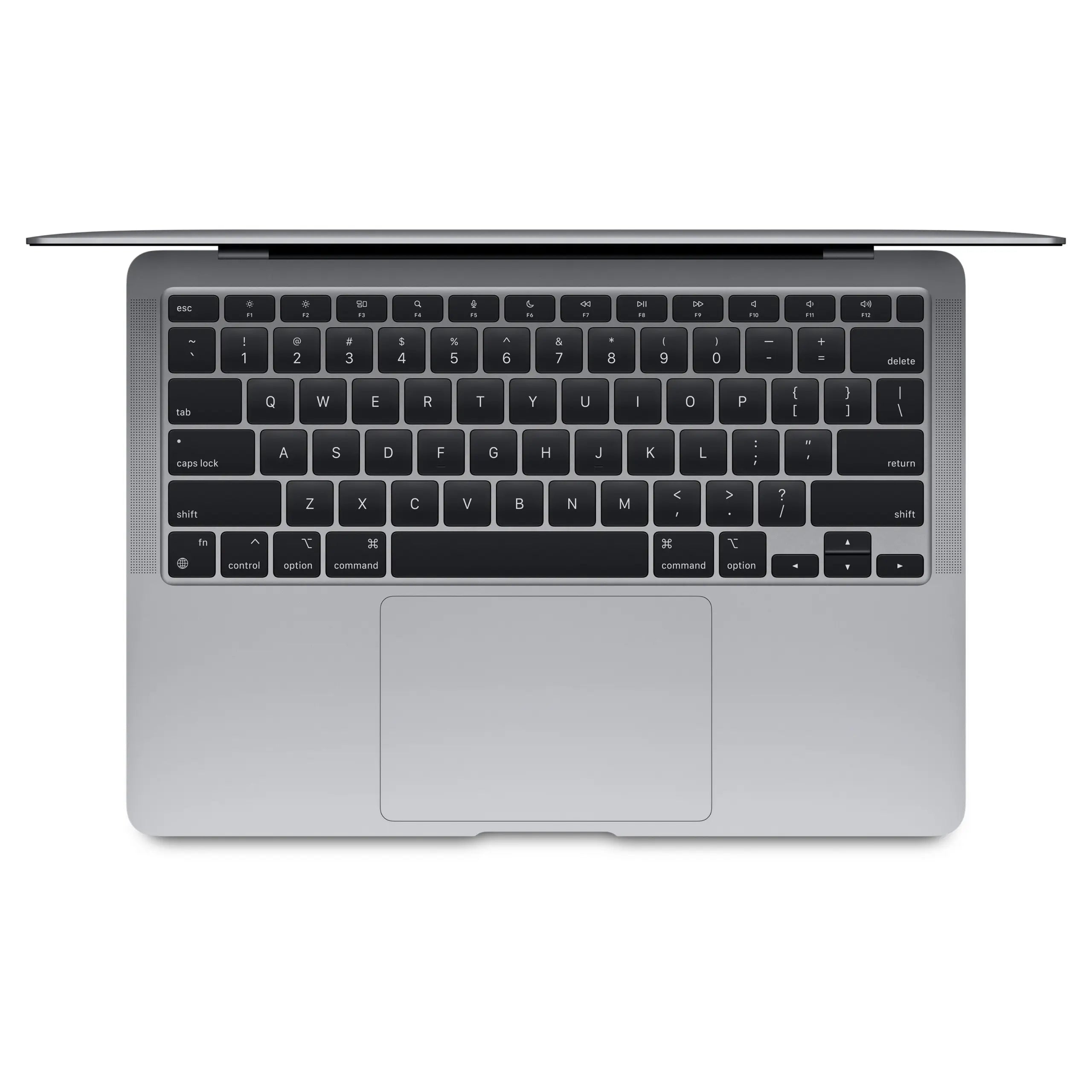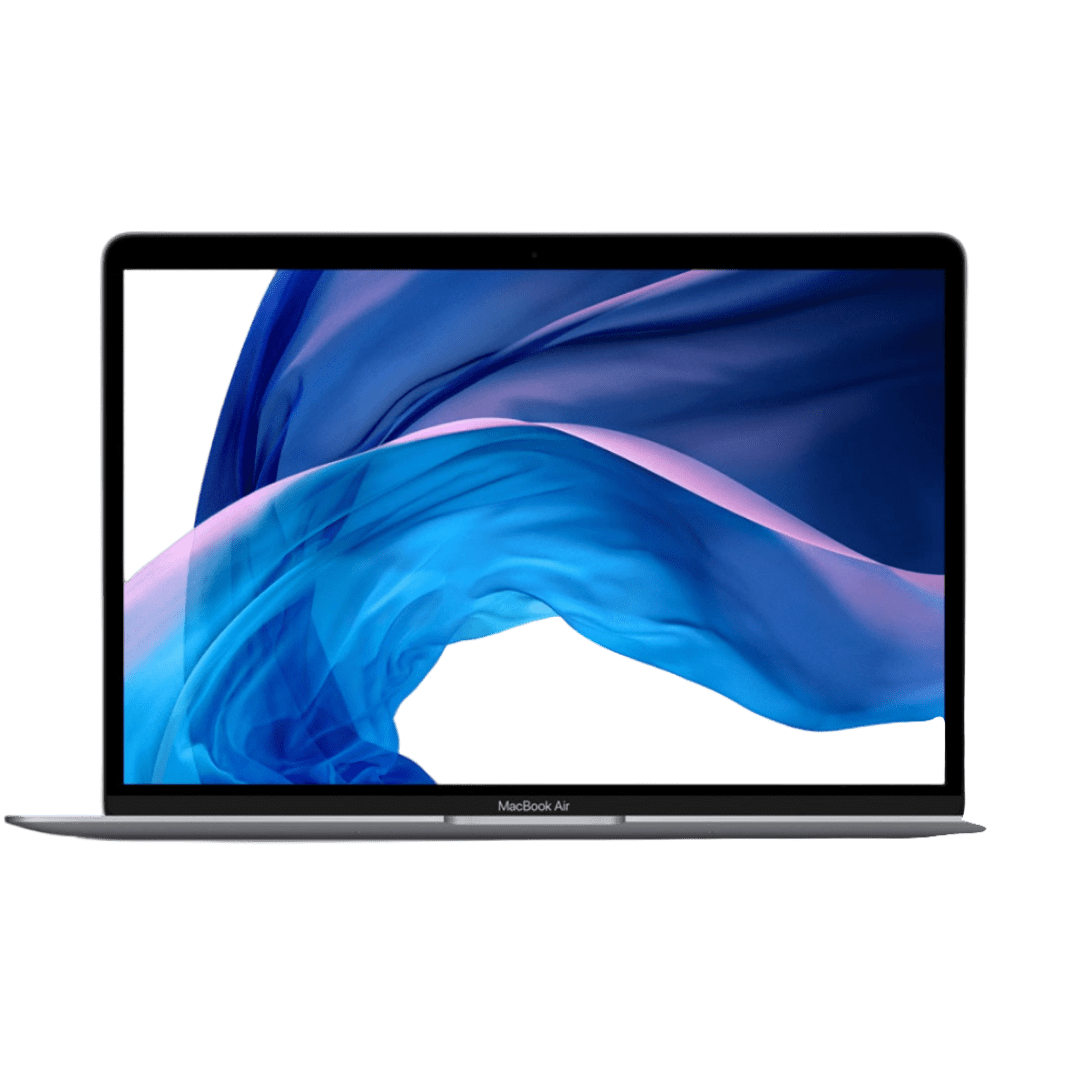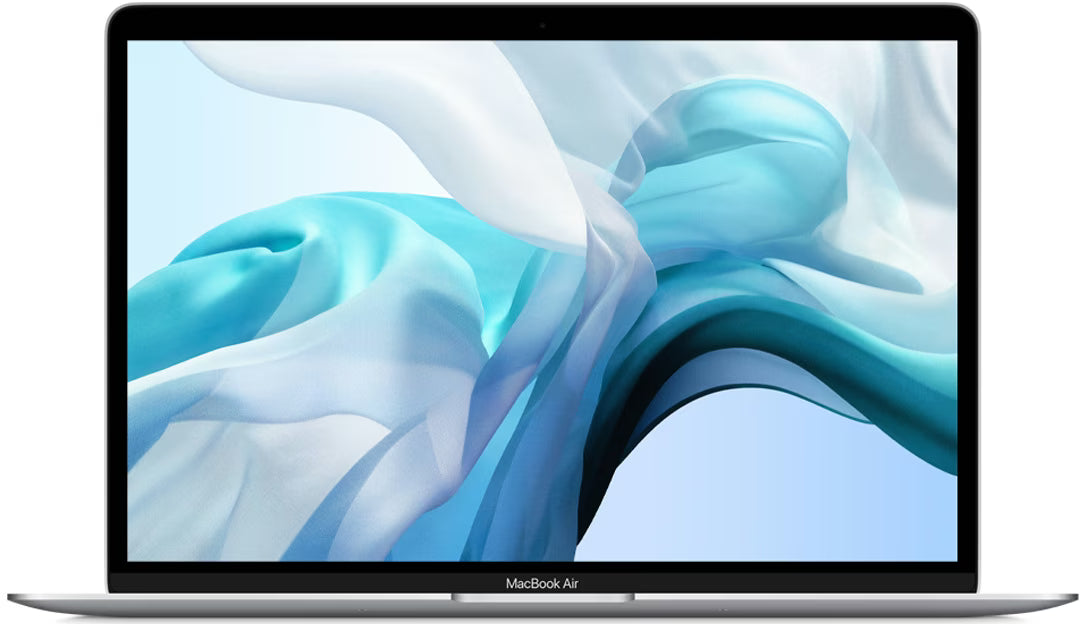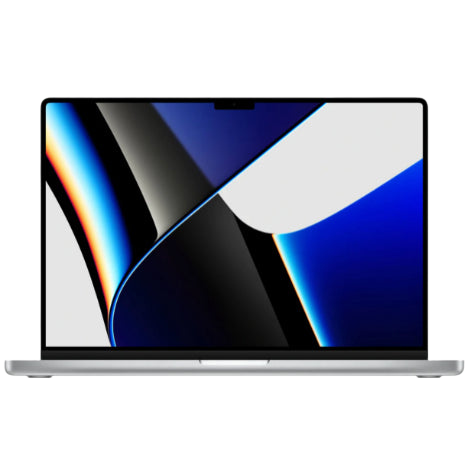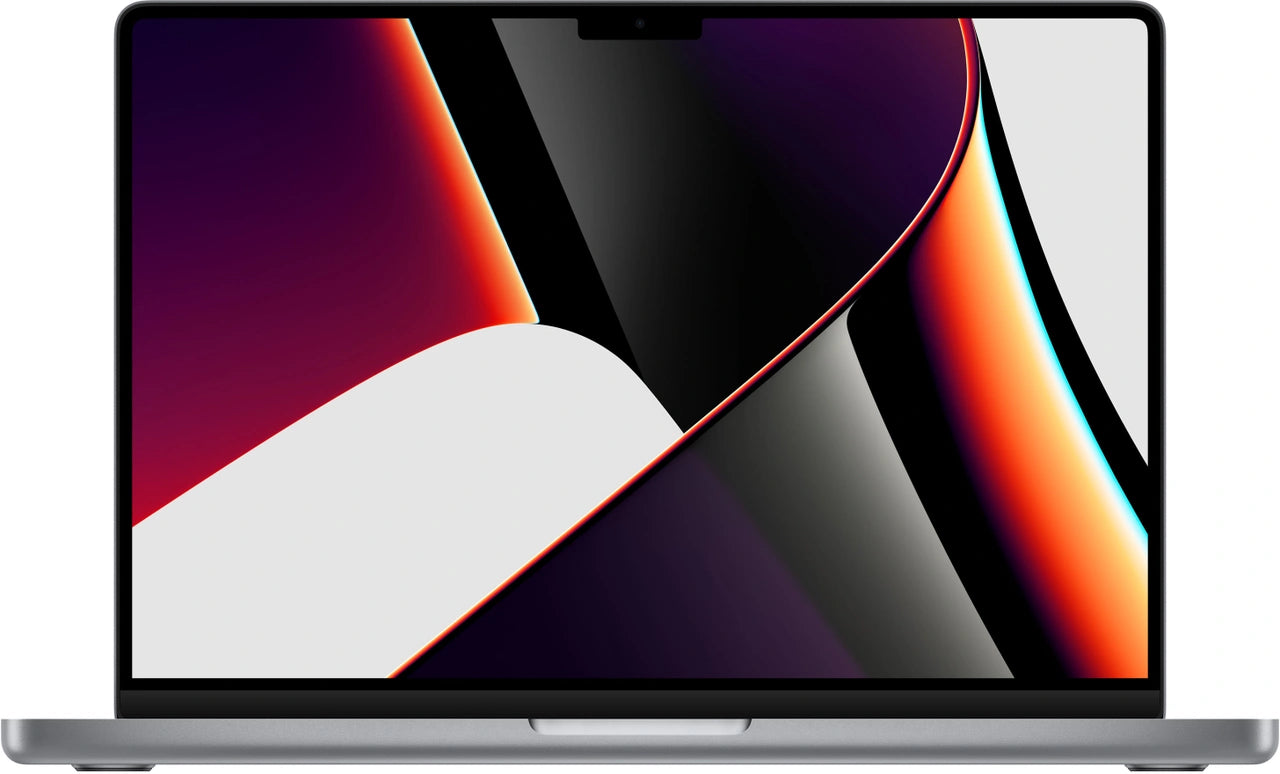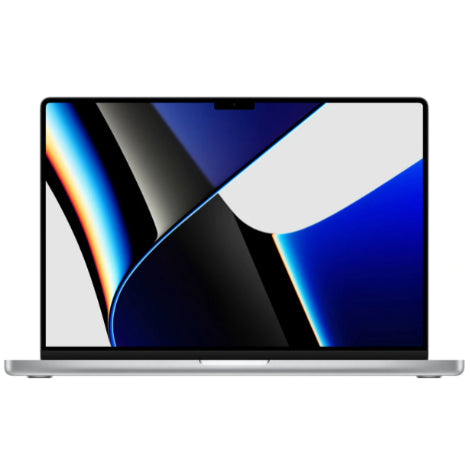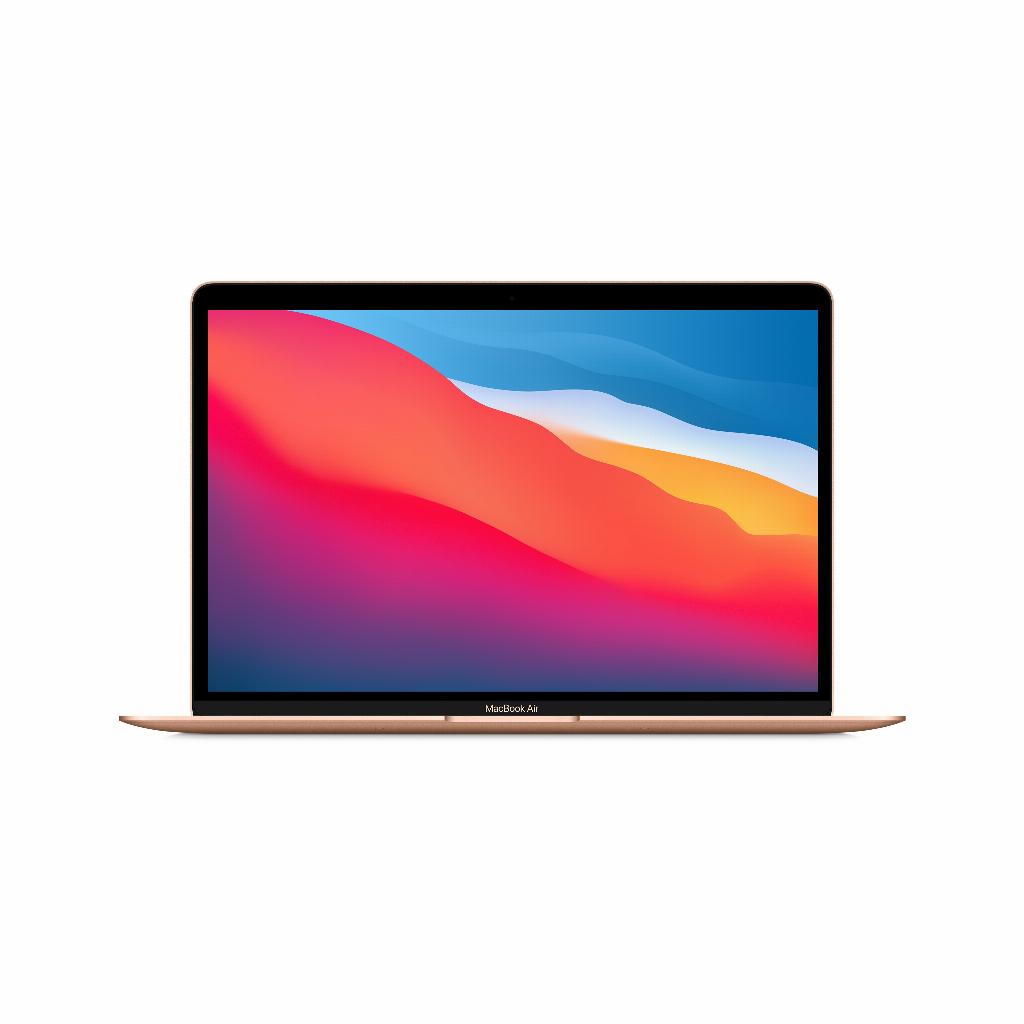When your MacBook fails
Your MacBook is stuttering. The screen is flickering, the fan is working overtime, or it simply won't boot. First reaction: panic. Second reaction: look up YouTube tutorials to fix it yourself. Because a repair can easily cost hundreds of euros, and you'll be without your MacBook for weeks.
But here's the reality: most MacBook problems are completely impossible to fix yourself . No unscrewing screws, no new accessories , no software updates that work miracles. Apple has hardened its devices so much that even a simple battery replacement requires professional tools.
However, this doesn't mean you should rush to the Apple Store. There's a third option that many MacBook owners overlook: accept the problem and keep working with what you have while you look around for a refurbished replacement. Sometimes, letting go is smarter than holding on.
Useful links
The Reality of MacBook Repair
Your MacBook isn't working as it should. The screen is showing strange lines, the battery dies within an hour, or the keyboard stops responding to certain keys. Your first impulse is to fix it yourself. YouTube is full of tutorials, and iFixit promises that with the right tools, you can fix anything. But the reality is different.
Apple has made its devices increasingly difficult to repair in recent years. Special screws, glued parts, and integrated components make it nearly impossible for the average user to perform repairs themselves. Even professional repairers face limitations due to the lack of genuine parts and diagnostic software.
What can you try yourself?
Before taking your MacBook to a repair shop, there are a few basic steps you can take yourself. These are free and can sometimes be surprisingly effective:
Software solutions
- Force a restart : Hold the power button for 10 seconds. This often fixes temporary issues.
- Boot into Safe Mode : Hold down the Shift key while booting. This can help with software conflicts.
- Repair disk permissions : Open Disk Utility from the Recovery partition (Command+R during startup) and run First Aid.
- Reinstall macOS : Using the same recovery partition, you can reinstall the operating system without losing data.
Tool-less hardware checks
- Test with external accessories : Connect an external keyboard, mouse, or monitor to determine if the problem is with the internal hardware.
- Check the charger : Try a different charger or test your charger on another MacBook.
- Remove dust and dirt : Use compressed air to blow out the ventilation ports. Overheating causes many problems.
When professional help is necessary
Determine honestly when a problem is beyond your capabilities. These signs indicate the need for professional repair:
- The screen remains black despite all attempts to boot
- Liquid damage (turn off immediately and do not turn on again)
- Physical damage to casing or screen
- Battery that swells or deforms
- Random crashes and kernel panics that keep coming back
What should you pay attention to when using a repair service?
Not all repair shops are created equal. Apple Authorized Service Providers use genuine parts but charge premium prices. Independent repair shops are cheaper but often use aftermarket parts of varying quality.
Always ask for:
- Warranty on the repair (minimum 3 months)
- Used parts (original or aftermarket)
- Estimated repair time
- Total costs including labor and VAT
The economic consideration
A screen replacement can easily cost €400-800. A new motherboard can cost up to €1200. With a five-year-old MacBook, you have to ask yourself if this investment is still wise. Technology never stands still, and newer models are faster, more energy-efficient, and have better screens.
Calculate the cost per year you expect to use the device. A €600 repair for a MacBook you'll still use for two years means €300 per year. For that price, you could also consider a refurbished model that's newer and still under warranty.
The refurbished alternative
A professionally refurbished MacBook often offers better value than an expensive repair. These devices have been fully inspected, have new batteries where needed, and come with a warranty. You get a newer model with better specifications for about the same price as a major repair.
The advantage is that you can get back to work right away without any waiting. Plus, you know exactly what you're getting: a tested device with a warranty, instead of your old MacBook with potentially more hidden problems.
Practical decision aid
Make an honest assessment with these questions:
- Is your MacBook older than four years? Consider replacing it for major repairs.
- Are the repair costs more than 40% of the original price? Consider alternatives.
- Need the device right away? A refurbished model is available immediately.
- Are there multiple problems? A cumulative number of repairs quickly becomes unaffordable.
The emotional attachment to your MacBook is understandable, but don't let it dictate expensive decisions. Sometimes, letting go and moving on to a better alternative is the smartest choice. You can easily transfer your data, and within a day you'll be back to working as if nothing happened, just on a faster and more reliable device.
The smartest choice for MacBook problems
MacBook repairs are often more complex and expensive than you'd hope. Software issues can usually be resolved with a restart or reinstallation, but hardware problems can quickly lead to problems. Apple's closed system makes even simple repairs a costly undertaking .
For older MacBooks, a major repair is rarely worthwhile – the cost doesn't outweigh the remaining lifespan. A refurbished MacBook is often the better choice: immediately available, with a warranty, and modern specifications for about the same price as a major repair.
Don't let sentiment dictate expensive decisions. Sometimes it's smart to persevere through minor inconveniences, sometimes it's time for something new.



